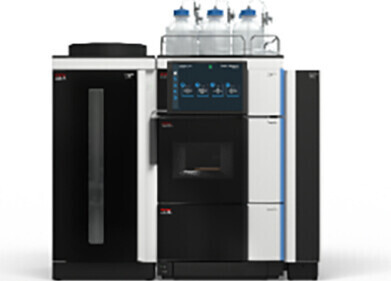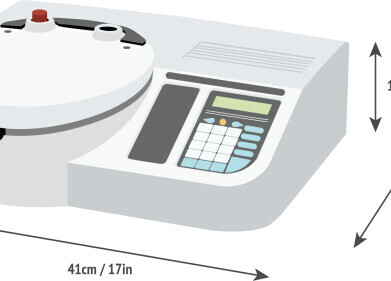Chromatography
Where Does Fatigue Come From?
Sep 23 2020
A team of scientists from Johns Hopkins Medicine has uncovered new insight into fatigue, using MRI scans and advanced computer modeling to identify areas of the brain that manage and regulate exhaustion. According to the team, the findings could accelerate research into behavioral strategies designed to boost physical performance. The research could also help reveal the neural mechanisms that trigger chronic fatigue in people diagnosed with depression and multiple sclerosis, or patients recovering from a stroke.
The study was published in the journal Nature Communications, with co-author Vikram Chib commenting, “We know the physiologic processes involved in fatigue, such as lactic acid build-up in muscles, but we know far less about how feelings of fatigue are processed in the brain and how our brain decides how much and what kind of effort to make to overcome fatigue.”
Chib says developing an understanding of the neural regions that regulate fatigue could help scientists develop therapies that influence these signals. “It might not be ideal for your brain to simply power through fatigue," adds Chib. "It might be more beneficial for the brain to be more efficient about the signals it's sending."
Measuring and analysing fatigue
The team started by developing a reliable metric to measure fatigue in study participants. All were asked to squeeze a sensor using force on a scale of zero to 100. The task was repeated until the participants were fatigued, with scientists dictating the level of force required for each squeeze. Participants were then offered the choice to squeeze the sensor using a level of force decided by a coin flip, or a predetermined level. The coin flip represented the “risky” choice and offered researchers insight into how much each participant valued their effort. Depending on whether participants chose the “risky” or predetermined option, the researchers used computer modelling to map how each participant felt about exerting energy and effort while fatigued.
“Unsurprisingly, we found that people tend to be more risk averse - to avoid - effort," explains Chib. I.e. when participants were fatigued they were less willing to flip the coin and risk having to drain their energy levels. “The predetermined amount had to get pretty high in relative effort for participants to choose the coin toss option," adds Chib.
Mapping the motor cortex
Functional magnetic resonance imaging (fMRI) scans confirmed brain activity in the insula increases during the decision making process. The scans also revealed the motor cortex was deactivated during the decision making process. This region of the brain plans, controls and executes movement, suggesting fatigue could be a result of miscommunication between motor cortex activity and how much energy an individual believes they have.
Want to know more about the latest scientific breakthroughs? ‘Simultaneous Analysis of Combination Drugs by HPLC-DAD’ introduces the latest HPLC-DAD method developed by SCION Instruments, designed to analyse drugs such as Ibuprofen and Paracetamol.
Digital Edition
Lab Asia Dec 2025
December 2025
Chromatography Articles- Cutting-edge sample preparation tools help laboratories to stay ahead of the curveMass Spectrometry & Spectroscopy Articles- Unlocking the complexity of metabolomics: Pushi...
View all digital editions
Events
Jan 21 2026 Tokyo, Japan
Jan 28 2026 Tokyo, Japan
Jan 29 2026 New Delhi, India
Feb 07 2026 Boston, MA, USA
Asia Pharma Expo/Asia Lab Expo
Feb 12 2026 Dhaka, Bangladesh



















